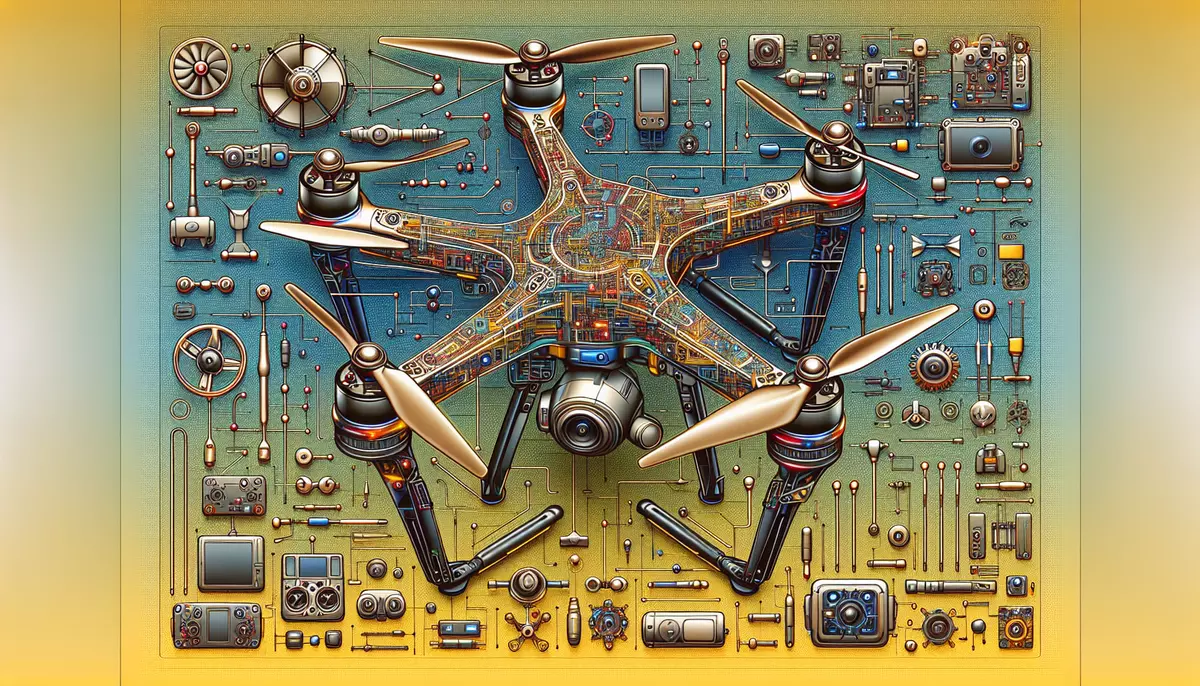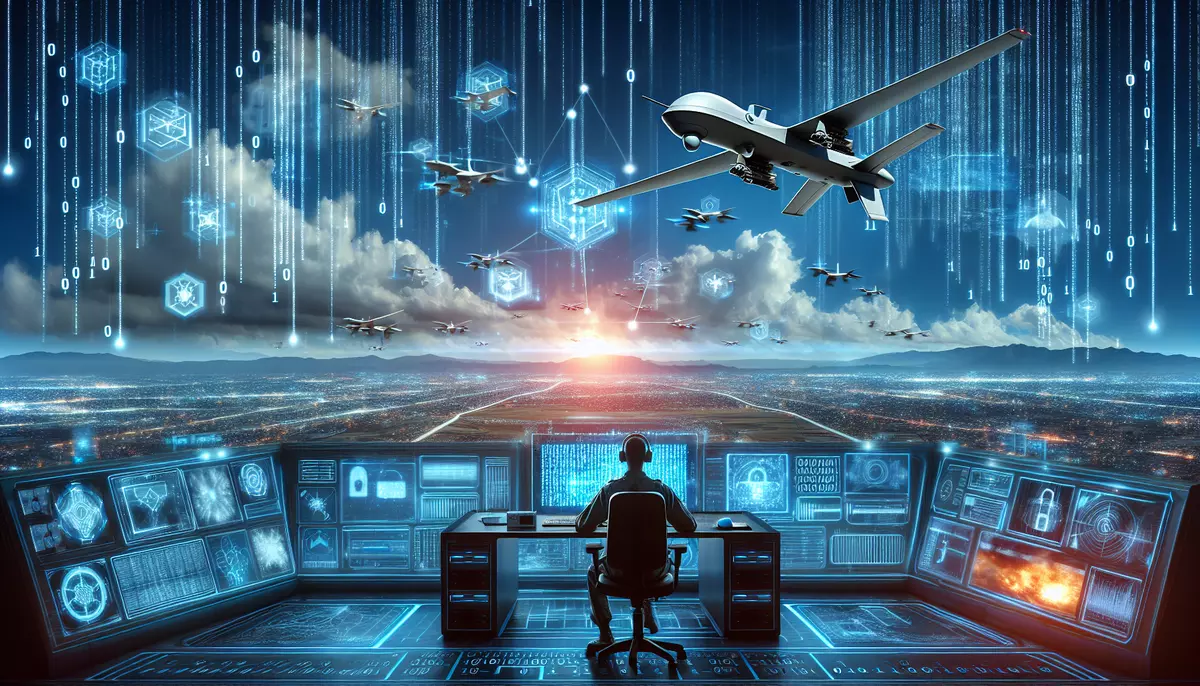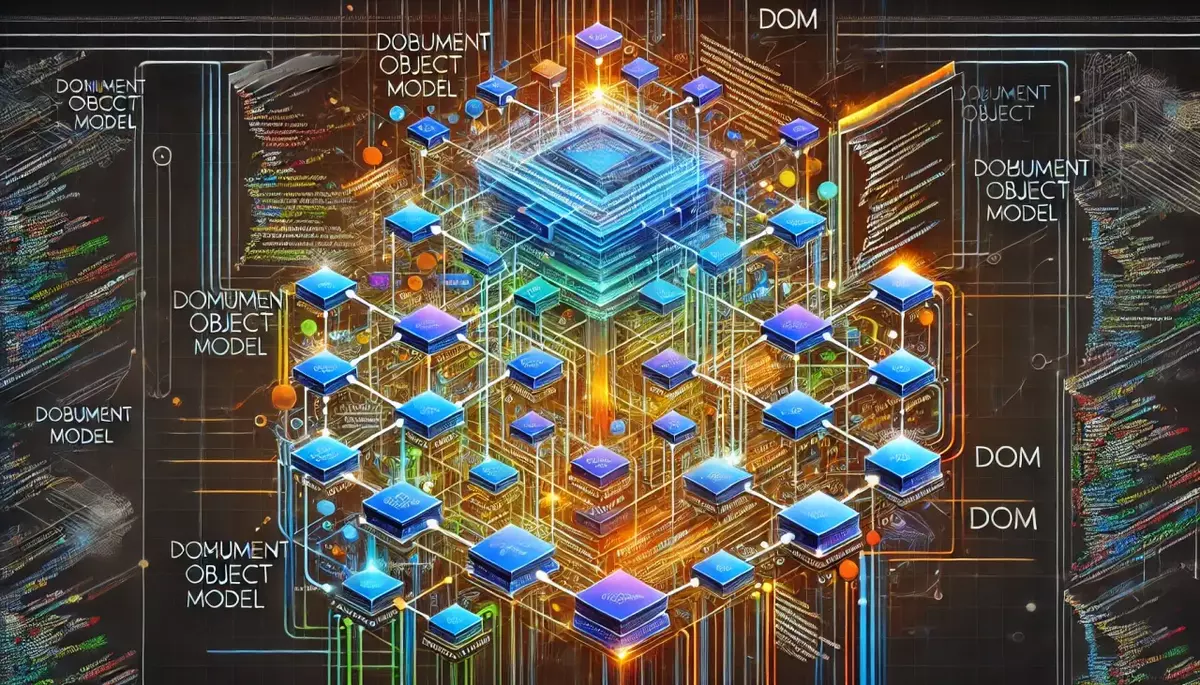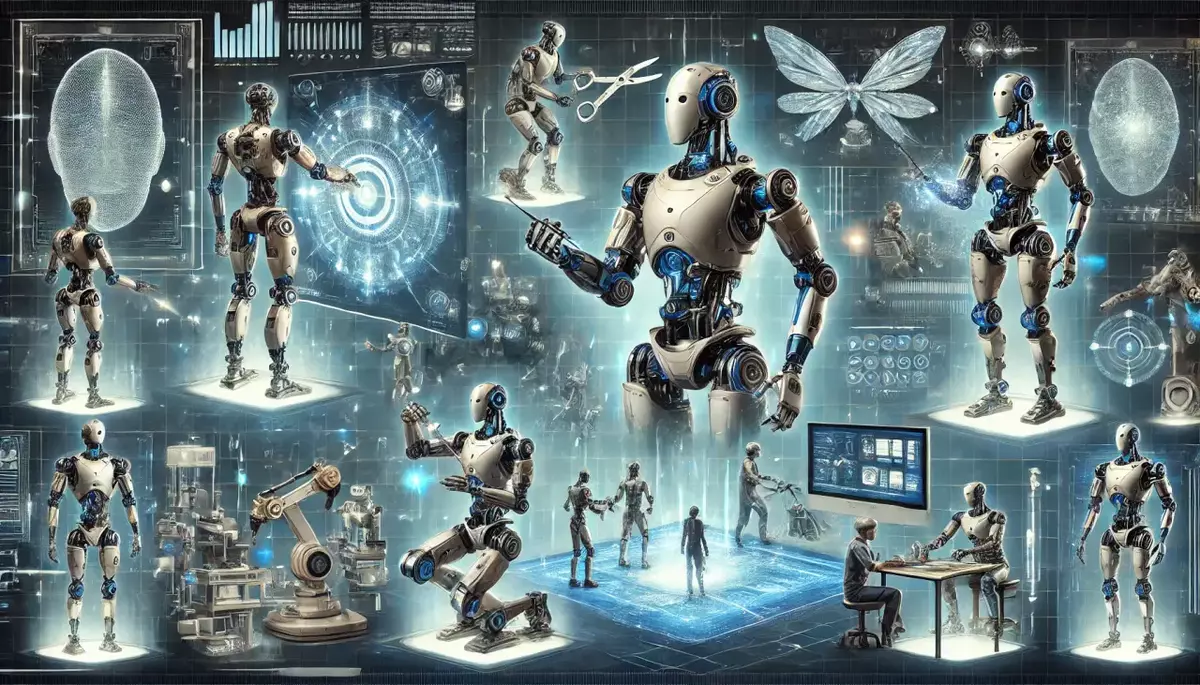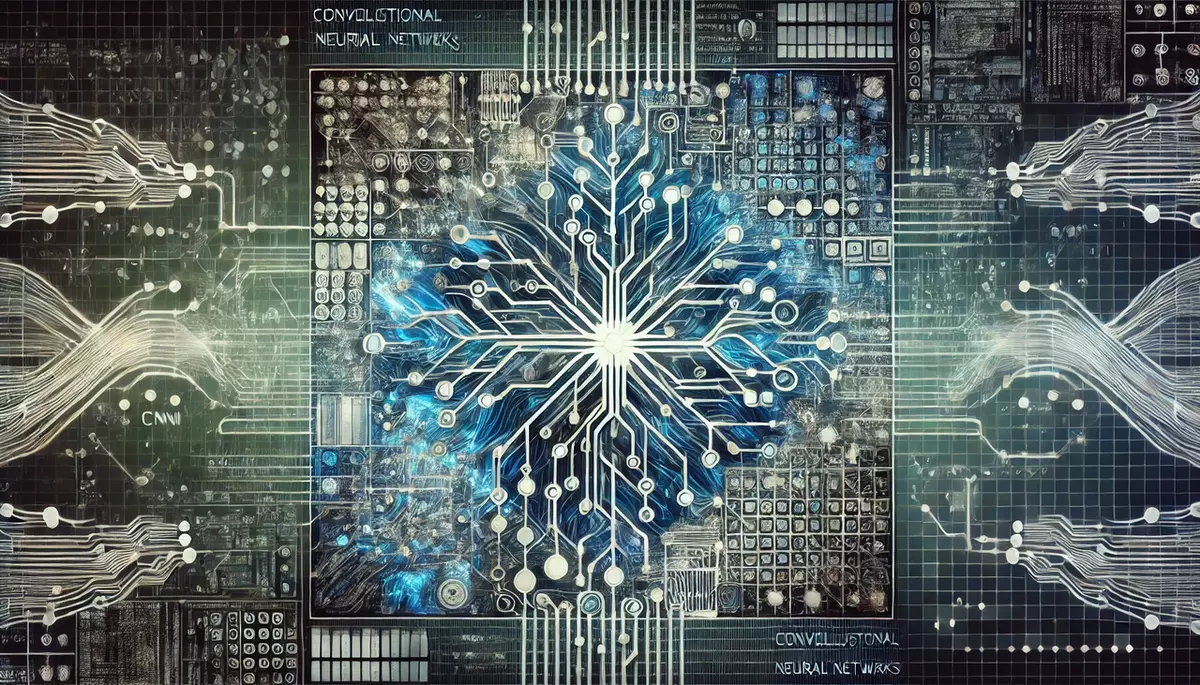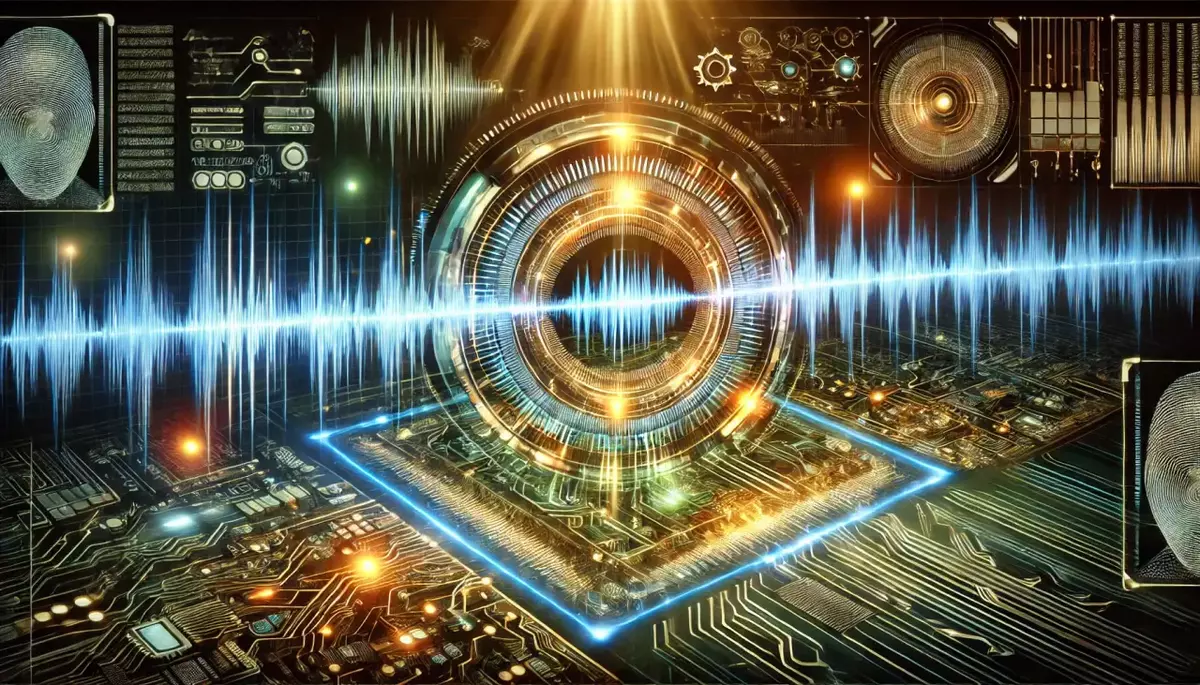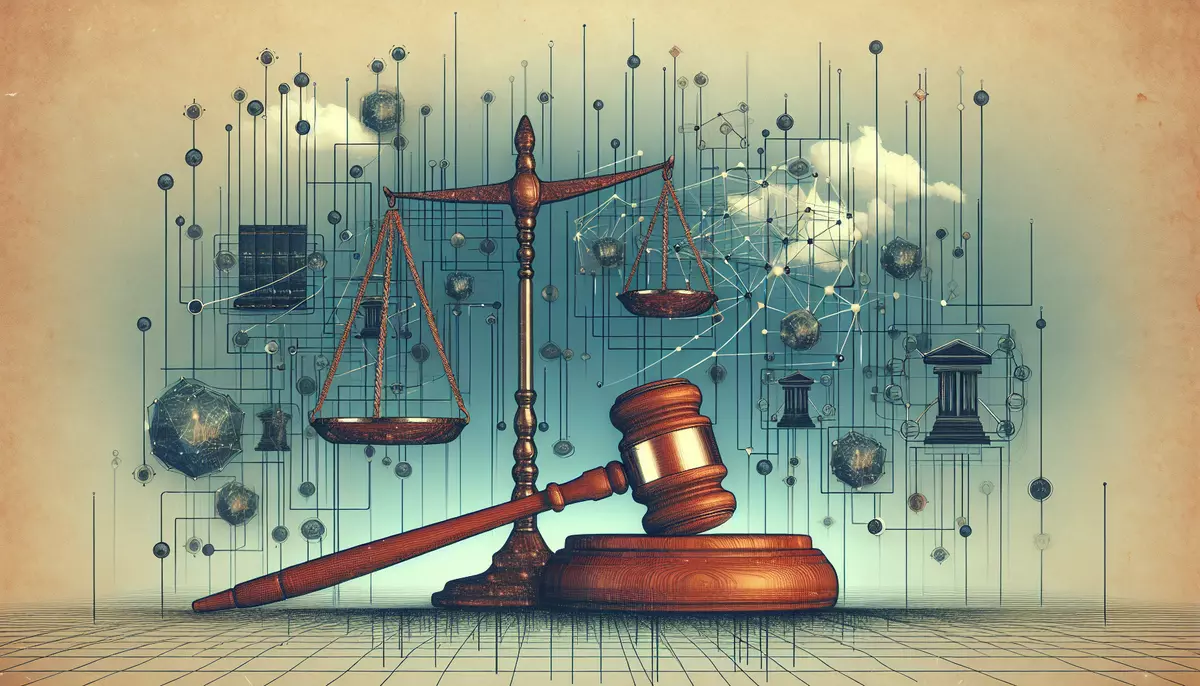Introduction
Drones, also known as unmanned aerial vehicles (UAVs), are complex systems composed of various components and subsystems that work together to enable autonomous or remote-controlled flight. This knowledge base article provides a comprehensive overview of the key components and systems that make up a drone, exploring their functions, technologies, and advancements.
Drone Components
Airframe
The airframe is the physical structure of the drone, which includes the body, wings, and other structural elements. Airframes can be designed in various configurations, such as fixed-wing, multi-rotor, and hybrid, each with its own advantages and applications.
Propulsion System
The propulsion system is responsible for generating the thrust required for the drone to fly. This typically includes motors, propellers or rotors, and a power source, such as batteries or fuel cells.
Flight Control System
The flight control system is the “brain” of the drone, responsible for maintaining stable and controlled flight. It includes sensors, microcontrollers, and software algorithms that process data and send commands to the propulsion system.
Navigation and Guidance System
The navigation and guidance system enables the drone to determine its position, orientation, and trajectory, and to navigate to its intended destination. This system may include GPS, inertial measurement units (IMUs), and other sensors.
Payload
The payload refers to the equipment or sensors carried by the drone, such as cameras, thermal imagers, or specialized sensors for various applications like mapping, surveillance, or package delivery.
Communication System
The communication system allows the drone to receive commands from a ground control station or remote pilot, and to transmit data and telemetry back to the operator. This typically includes radio frequency (RF) or satellite-based communication links.
Drone Systems
Autonomous Flight
Autonomous flight systems enable drones to navigate and perform tasks without direct human control. These systems use advanced algorithms, sensors, and computing power to make decisions and execute flight plans.
Collision Avoidance
Collision avoidance systems use sensors and software to detect and avoid obstacles, ensuring safe and reliable flight, especially in complex environments or crowded airspaces.
Sense and Avoid
Sense and avoid systems allow drones to detect and respond to the presence of other aircraft, enabling them to operate safely in shared airspace.
Intelligent Payload Management
Intelligent payload management systems optimize the performance and efficiency of the drone’s payload, adjusting parameters such as camera settings or sensor configurations based on the mission requirements.
Advancements and Future Trends
The drone industry is rapidly evolving, with ongoing advancements in areas such as battery technology, propulsion systems, sensor integration, and artificial intelligence. These developments are driving the creation of more capable, efficient, and versatile drone platforms for a wide range of applications.
Conclusion
Drones are complex systems that combine various components and subsystems to enable autonomous or remote-controlled flight. Understanding the key components and systems that make up a drone is essential for the design, development, and deployment of these advanced aerial platforms. As the drone industry continues to evolve, the integration of new technologies and capabilities will further expand the applications and impact of these remarkable flying machines.
This knowledge base article is provided by Fabled Sky Research, a company dedicated to exploring and disseminating information on cutting-edge technologies. For more information, please visit our website at https://fabledsky.com/.
References
- Beard, Randal W., and Timothy W. McLain. Small Unmanned Aircraft: Theory and Practice. Princeton University Press, 2012.
- Valavanis, Kimon P., and George J. Vachtsevanos, editors. Handbook of Unmanned Aerial Vehicles. Springer, 2015.
- Elias, Bart. “Unmanned Aircraft Systems: Key Considerations Regarding Safety, Security, and Privacy.” Congressional Research Service, 2012.
- Floreano, Dario, and Robert J. Wood. “Science, Technology and the Future of Small Autonomous Drones.” Nature, vol. 521, 2015, pp. 460-466.
- Nonami, Kenzo, et al. Autonomous Control Systems and Vehicles: Intelligent Unmanned Systems. Springer, 2013.

